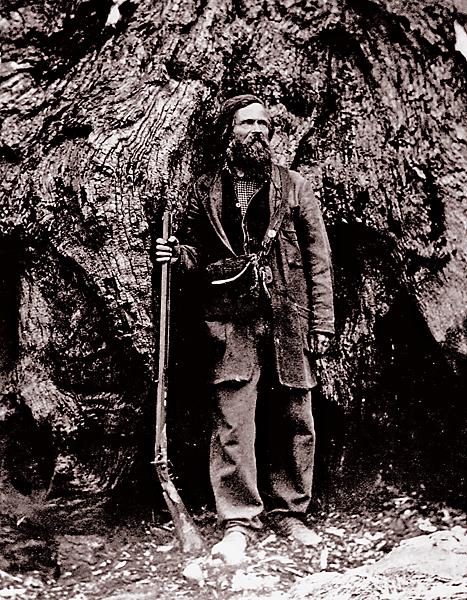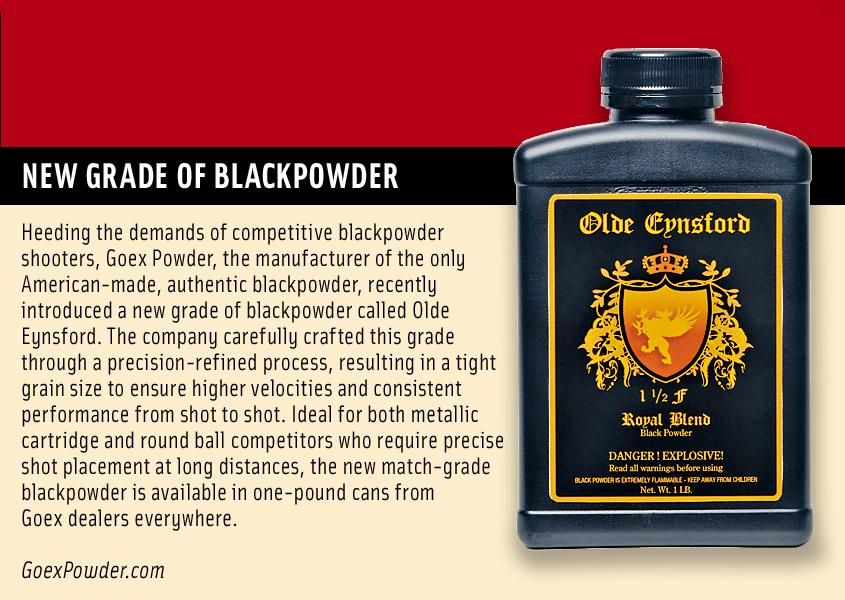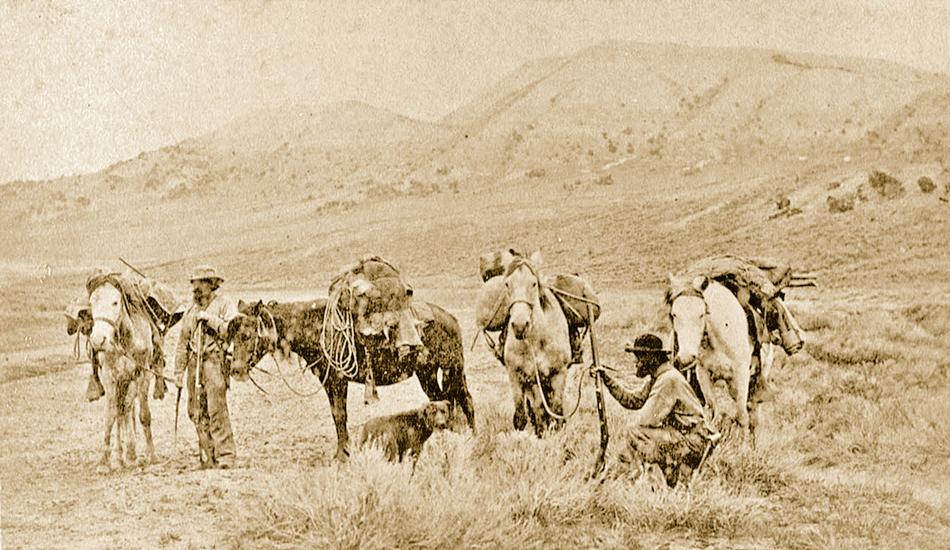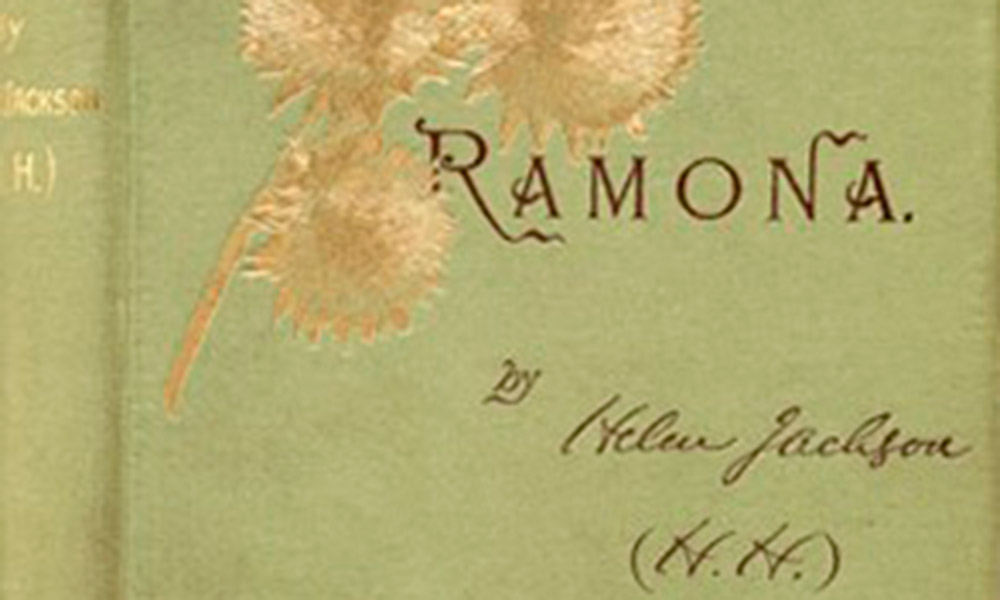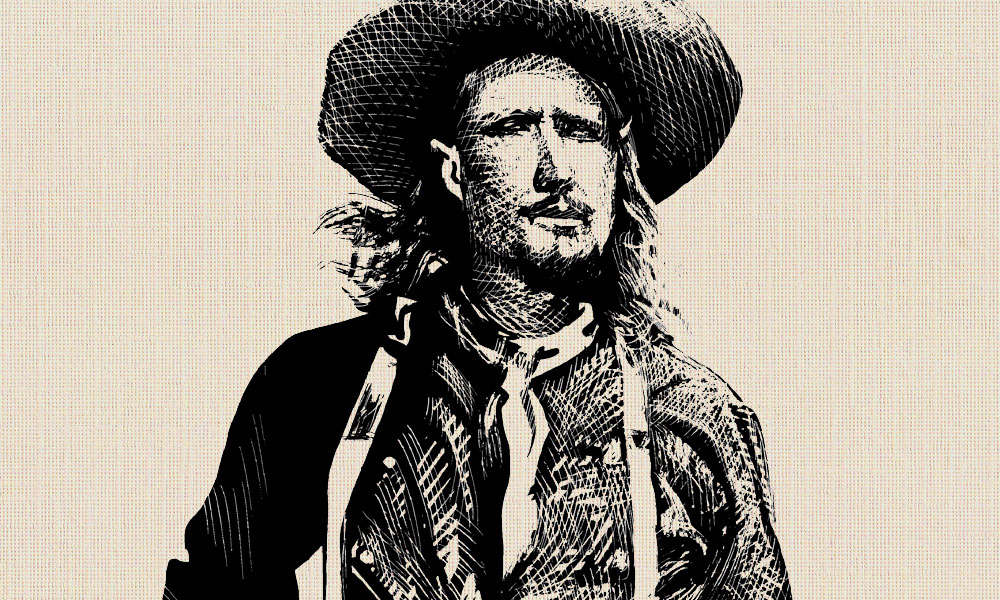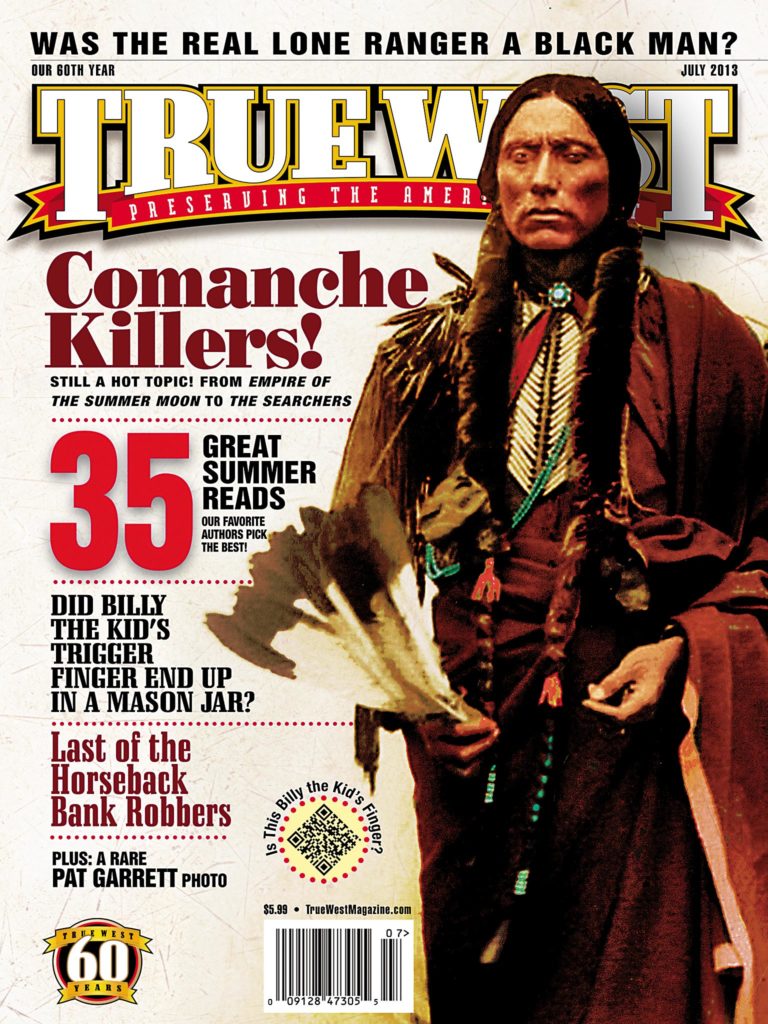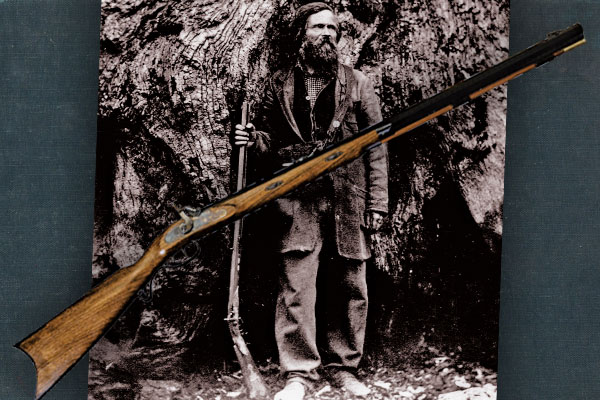 When the first explorers of the early 19th century ventured west beyond the Mississippi River, they carried long, slender and somewhat delicate medium-bore Pennsylvania-style rifles.
When the first explorers of the early 19th century ventured west beyond the Mississippi River, they carried long, slender and somewhat delicate medium-bore Pennsylvania-style rifles.
They quickly found that while such arms were practical for foot travel and the game found back East, this Western region abounded with bigger and more dangerous animals, such as the ferocious grizzly and buffalo. Even game like the elk needed more power to bring down; more surely then available in most of the Eastern rifles. Furthermore, much Western travel was accomplished via horseback, thus requiring a heavier and sturdier-built longarm.
Enter the plains rifles. These stockier, less ornate front loaders of bigger bores, like the .50 caliber and larger, were what frontiersmen needed to take out many of the game animals encountered out West. Early guns had full-length stocks like the Eastern rifles, but a half-stock rifle turned out to be ideal for work in Western environs. The half stock, turned out by renown rifle smiths such as the Hawken brothers in St. Louis, Missouri, became the standard long gun well into the 1860s and beyond.
Today, an authentic-looking copy of a half-stock plains rifle could easily cost a blackpowder shooter four figures. Yet an economical (under $800) and authentic Hawken-style replica—in flintlock or percussion ignition—can be found in Lyman’s Great Plains rifle.
Made since 1981, along the lines of the famed Hawken rifle, Lyman’s Great Plains rifle hefts at 11.6 pounds and is offered in two popular plains rifle calibers—.50 or .54. Available in percussion or flintlock ignition, and in either right- or left-hand configuration, the rifle has a 32-inch, non-glossy blued octagonal barrel rifled with a one-in-60-inch rate of twist for patched round ball shooting. It also features a hooked breech, for easy dismounting, from the pleasant-looking, natural dark walnut half stock with a brass-tipped hardwood ramrod. The stock has a beavertail cheekrest and is sans the “polywhatever” shiny finish often found on other modern-made muzzleloaders. Like the originals, this rifle has a steel toe plate—a protective feature not found on many of the economical front stuffers. Its trigger guard is of the 19th-century Hawken type.
The under barrel rib is sweated, rather than screwed on. The old-style snail (on percussion models) has a clean-out screw. It features a simple, unadorned Hawken-type lockplate using a coil spring lock and double set triggers. A long steel tang is used for extra strength with the traditional slender wrist of the stock. The front sight is a blued steel with a one-eighth-inch thick blade, while the rear sight is an adjustable buckhorn-style sight.
I feel that Lyman’s Great Plains rifle offers exceptionally good value, overall authentic looks and is reasonably priced. I’ve used one for decades and have recommended this rifle to many of my closest friends. It’s a great-looking muzzleloader well worth checking out!
Phil Spangenberger writes for Guns & Ammo, appears on the History Channel and other documentary networks, produces Wild West shows, is a Hollywood gun coach and character actor, and is True West’s Firearms Editor.
Photo Gallery
– Courtesy Phil Spangenberger Collection –
– Courtesy Lyman –
– Courtesy Herb Peck Jr. Collection –


